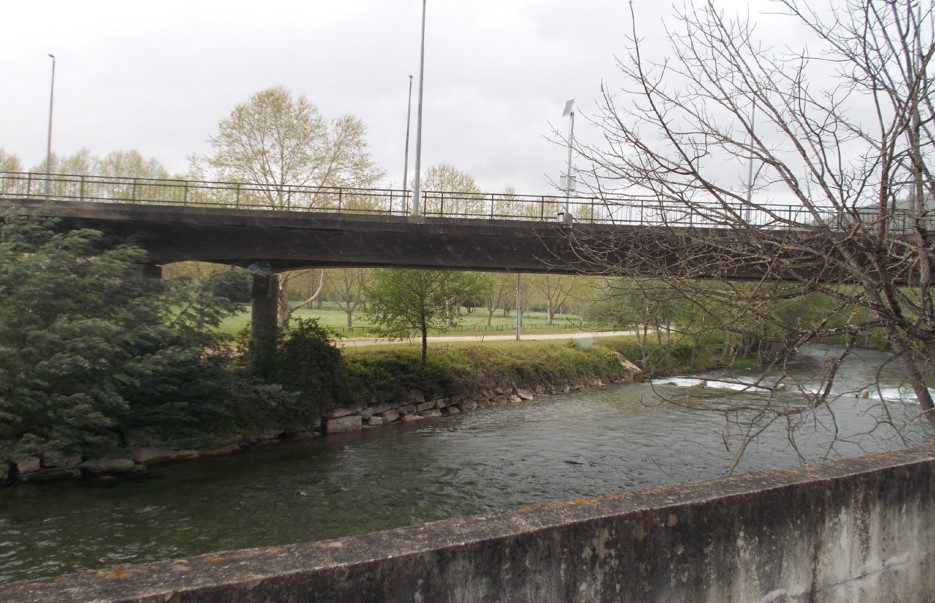The Ceira is marked as a wide river which lacks natural dams so human aid is crucial.
The team of the Watchers of Ceira consists of different professionals such as biologists, IT and experts in social issues. In order for this cause to be brought to life the team works with four different counties (Góis, Lousã, Arganil e Pampilhosa da Serra) and comes in contact with landowners around the waters in order to ensure that neither chemicals nor waste is used within the premises. To further forward this effort they have implemented many natural engineering methods including natural walls to create a barrier with the river and “Domínio Hidrico” which is a 10 meters zone around the banks of the river helping to prevent floods from doing major damage to houses and communities. It was stated that a fundamental part of the project is to engage with the local community and especially students by organizing tree replanting programs, handing manuals in order to raise public awareness and ensure that they are the next “guardians” of the rivers. On top of that the use of 6 regularly visited (3 times per week) hydrometric stations to monitor water status (i.e velocity, depth, pressure) is essential in order to counter pollution caused by waste disposal and use of pesticides-fertilizers and to alert locals in case of floods.
But why now and why did these people choose to follow this path? It’s a matter of fact that as climate change is getting worse such projects, which were originally undertaken by the military, are mandatory. Working as a River Watcher is a perfect job for the locals connected with nature and are open to learning new things while also being demanding and requiring a lot of patience and skill. And who knows? Maybe in the future they will provide pollution-free water for the whole municipality.
The wastewater Treatment Plant in Góis plays an important role in the conservation of the river “Ceira”. And why is that? It’s because of the urban cycle of water. This is the cycle the water follows from “captation” until the ETAR. After the treatment, the water is discharged back into the river, so it is important that it is cleaned and disinfected.
In Portugal there are two national entities that manage the water, EPAL and Águas de Portugal. The plant in Góis manages the waste water of the town. The water is firstly separated from the solids using a technique called “screening”, where it passes through meshes. Then it is cleaned using a biological treatment and lastly it is disinfected using UV rays, before returning to the river.
The main challenge is to meet certain criteria when making the discharge to the river. This is because there should be no harm to nature. If the water is dirty or infected, it can be bad for the fish, the animals that drink the water from the river, the plants and the people, if there is a beach on the banks of the river. So the workers at the plant take their job seriously.
The local community wants to protect the river, because it brings life to the town. It is a source of income and a source of joy. Both the river watchers and the wastewater facility play an important role in its conservation. If the river watchers stop existing water pollution will arise and the local agriculture and well being will be put in jeopardy. If the water treatment facility stops working, the water of the river will not be clean, which is a serious environmental problem and a big safety hazard.
But we should never forget that the support of this program is really thin due to it being entirely based on state funding and in one minute the whole ecosystem can collapse as stated by one of the team members (Rita).



